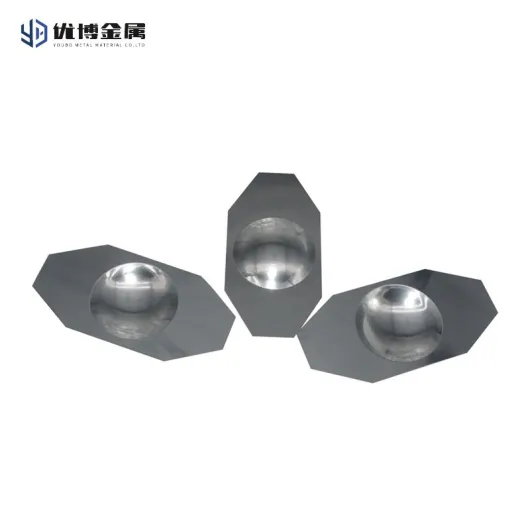Your Position: Home - Minerals & Metallurgy - FAQs | Everything You Need to Know About Molybdenum
Molybdenum is a metallic element found naturally in the environment, often in the form of molybdenum trioxide or molybdenum salts. It plays a crucial role in various industries and has essential functions in our bodies. In this article, we will answer some frequently asked questions about molybdenum, including its uses, sources of exposure, and potential health effects.

Molybdenum is a versatile element with numerous applications. In the industrial sector, it is used to produce cast iron and stainless steel, enhancing their strength and corrosion resistance. It is also crucial in the production of biofuels, solar panels, and catalysts, contributing to cleaner and more efficient energy sources. Furthermore, molybdenum is a component in lubricants and pigments, improving their performance and durability.
Exposure to molybdenum occurs primarily through natural sources and human activities. Naturally, molybdenum is present in the environment, including soil, water, and air. It can enter our bodies through food and water, with most people consuming small amounts daily without any adverse effects. However, higher levels of molybdenum may be found near industries that process or release it and in mining and milling operations.
When you breathe in air containing molybdenum, the particles can enter your lungs. Some particles may be coughed up and swallowed, while others may penetrate deeper into the lungs and enter the bloodstream. Similarly, molybdenum in food and water is absorbed into the bloodstream after a few hours, with the amount and form affecting how much is absorbed.
Molybdenum is an essential nutrient required for maintaining good health. It plays a role in enzyme function and helps metabolize certain amino acids and fats. However, exposure to excess levels of molybdenum can result in harmful effects. These effects are typically seen in individuals with copper deficiencies, as copper and molybdenum compete for absorption in the body. Low copper levels can exacerbate the harmful effects of molybdenum, leading to symptoms such as diarrhea, hair loss, and skin rashes.
The recommended daily intake of molybdenum varies depending on age and gender. Adults should consume approximately 45 micrograms (mcg) of molybdenum daily, with higher needs during pregnancy and lactation. Most diets contain adequate levels of molybdenum, making deficiencies uncommon in the general population.
In general, the levels of molybdenum found in food and water are not high enough to cause harm. However, individuals living near industrial areas or mining operations may be exposed to higher levels of molybdenum through air, water, or soil contamination. In these cases, monitoring and reducing exposure to contaminated sources is essential to prevent adverse health effects.
Yes, excessive intake of molybdenum can lead to harmful effects, particularly in individuals with copper deficiencies. Symptoms of molybdenum toxicity include diarrhea, hair loss, and skin rashes. In severe cases, it can also affect the nervous system and cause seizures or coma. Therefore, it's essential to maintain a balanced diet and avoid unnecessary exposure to molybdenum from industrial or environmental sources.
In conclusion, molybdenum is a versatile element with essential functions in our bodies and numerous industrial applications. While exposure to low levels of molybdenum is generally safe, excessive intake can lead to harmful effects. By understanding the sources of molybdenum exposure and maintaining a balanced diet, we can minimize the risk of adverse health effects and enjoy the benefits of this important element.
600
0
0
Comments
All Comments (0)